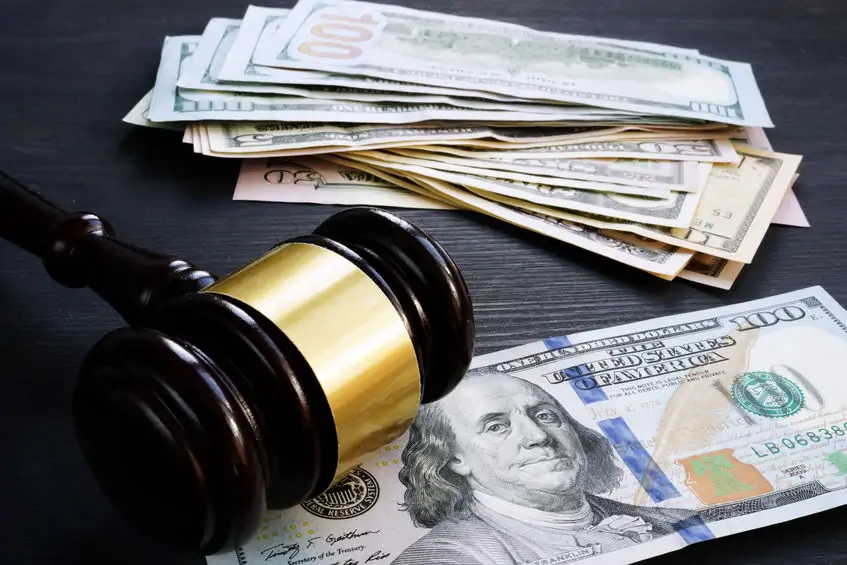Bail-Ins Explained in 5 Minutes or Less A bail-in occurs when a company's creditors agree to forgive some of its debt in order to keep the company from going bankrupt. During times of financial crisis, it could be used as an alternative to a bailout. Learn the differences between bail-ins and bailouts and how they work.
Bail-In Definition and Example
Following the global economic crisis, many governments were forced to bail out private institutions, and most people are familiar with the concept of a bailout. However, a "bail-in" is a term that can be used as an alternative to a bailout, which has become increasingly unpopular. A bail-in is when a bank or other institution's creditors agree to write off a portion of its debts in order to keep it from going bankrupt. One example is the 2013 rescue agreement for Cyprus's largest banks, which required shareholders and creditors to shoulder some of the costs.What is the Process of a Bail-In?
A bail-in forces creditors of a failing bank to shoulder some of the burdens by having a portion of their debt written off. During the European sovereign debt crisis, the new strategy gained much traction. Bondholders in Cyprus banks and depositors with over 100,000 euros in their accounts, for example, were forced to write off a portion of their holdings in 2013. Unlike bailouts, which transfer risk from the bank to the taxpayer, bail-ins reduce taxpayer risk by requiring the bank's creditors to share in the burden. They're particularly useful when the debt is disproportionately large compared to the government's ability to pay it off, as in Cyprus, where the bill would have been 50% of the country's GDP (GDP). Bailouts occur when a borrower is rescued by outside investors, such as the government, by injecting money to help make debt payments. During the 2008 economic crisis, for example, U.S. taxpayers provided capital to many major U.S. banks to help them meet their debt payments and stay in business rather than being liquidated to creditors. The companies were saved from bankruptcy due to taxpayers taking on the risks associated with their inability to repay the loans. Important: While both bail-ins and bailouts aim to keep the borrowing institution afloat, they go about it in very different ways. Bailouts are used to keep creditors happy and interest rates low. In contrast, bail-ins are used when bailouts are politically difficult or impossible, and creditors don't like the idea of a liquidation event.Bailouts aren't the only option
In 2008, most regulators believed there were only two options for troubled institutions: taxpayer bailouts or a systemic banking collapse. Bail-ins, which require creditors to agree to roll over their short-term claims or participate in a restructuring, quickly became a popular third option for recapitalizing troubled institutions from within. As a result, the financial institution is stronger, with no debts to governments or external influencers other than its creditors. In the airline industry, similar strategies have been used to keep operations running during bankruptcy proceedings and other turbulence. In these cases, the firms were able to reduce payments to creditors in exchange for equity in the reorganized company, effectively allowing the lenders to save some of their investment while the businesses remained afloat. The airlines would benefit from the lower debt load, and their equities, including those issued to debt holders, would appreciate in value. In some cases, bail-ins can be used in conjunction with bailouts. Bail-in of some creditors relieves some financial strain, while additional financing from others reassures the market that the entity will remain solvent. Warning: There's a risk that bailing out some creditors will deter others from getting involved because they'll have to go through the same reforms. Bail-ins are therefore less common during systemic crises involving a large number of financial institutions.Bail-Ins in the Future
The use of bail-ins in Cyprus' banking crisis has raised concerns that countries will use the strategy more frequently in the future to deal with financial crises. After all, politicians can prevent the thorny political issues that come with taxpayer bailouts while reducing the risks of a bank failure leading to systemic financial destabilization. Of course, there's a chance that bond markets will retaliate in a negative way. As bail-ins become more common, bondholders' risks will rise, and their demand for a higher yield to lend money to these institutions will also rise. Higher interest rates may harm equities and, in the long run, cost more than a one-time recapitalization because future capital will be much more expensive. Finally, many economists agree that a combination of these strategies will likely be implemented in the future. Other countries now have a template for action and a sense of what will happen due to Cyprus setting a precedent.Important Points to Remember
- Bail-ins are a method of saving failing banks by transferring some of the risks to the creditors.
- Bondholders, creditors, and uninsured depositors helped keep big banks in Cyprus afloat when they failed in 2013.
- Bail-ins differ from bailouts in that the taxpayer bears a portion of the risk associated with the bank's outstanding debts.
- Bail-ins may become more popular as bailouts become less popular.


